 Greetings Friends,
Greetings Friends,
This month saw; Gouldian Finches entertaining visitors and government thinking about Lee Point, a rally in Raintree Park, new firebreaks at Stage 2, and migratory shorebirds numbersincreaseat Lee Point – all links in this newsletter are given on the last page.
1. Save Lee Point Rally – Thursday lunchtime 15 Sept
“think globally – act locally”
Many people attended the public rally at Raintree Park. Speakers included; Tibby Quall (Larrakia traditional owner), Graeme Sawyer (Biodiversity Watch), Kirsty Howey (ECNT), Nick Kirlew (PLan), Amye Un, Maud Mussared, Rob Wesley-Smith and others. ABC covered the story.
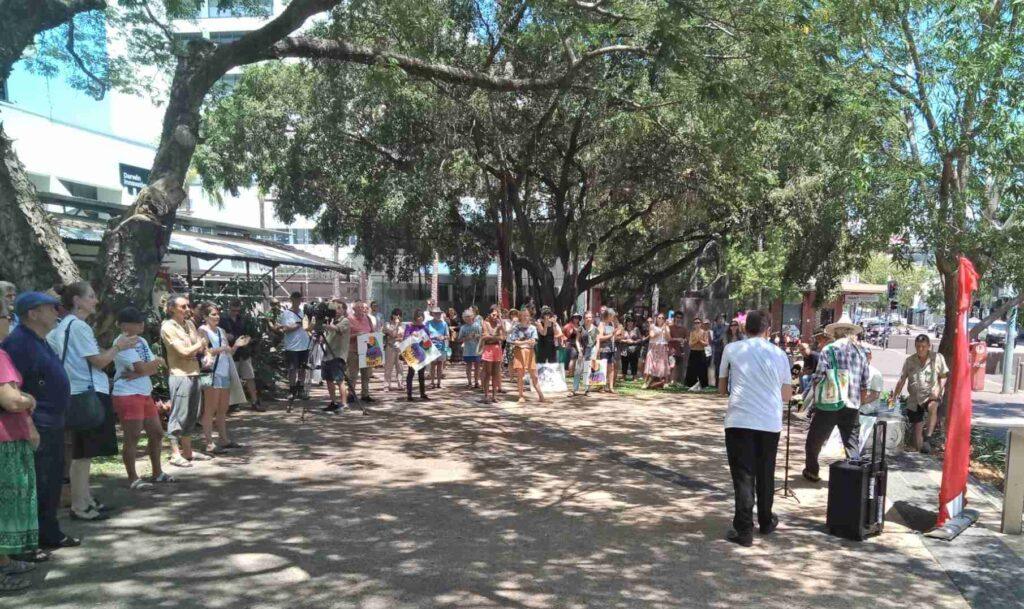
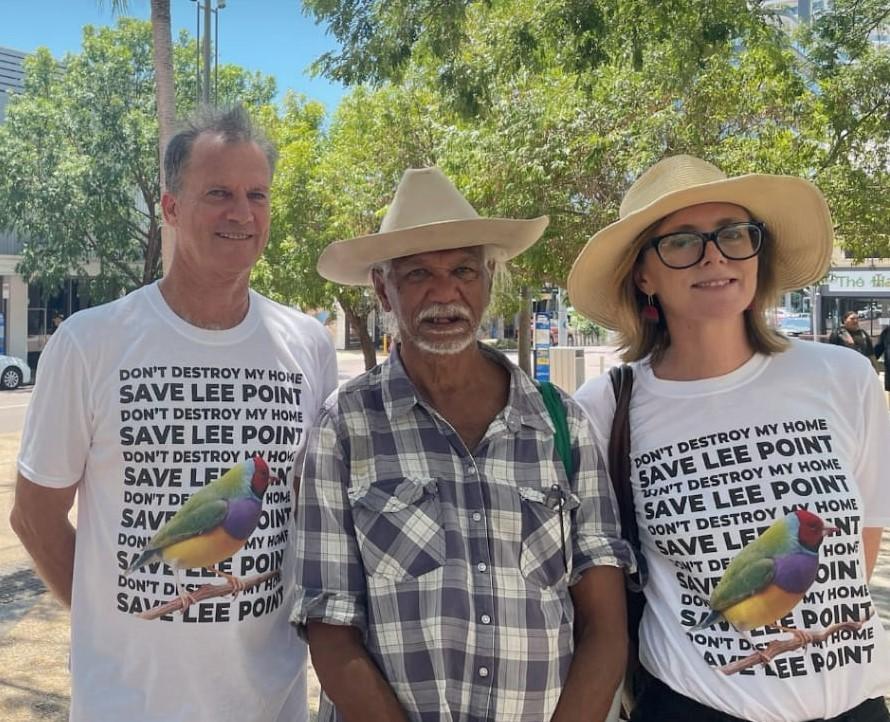
From left: Ian Redmond (FLP), Tibby Quall (Larrakia traditional owner), Kirsty Howey (ECNT)
2. Save Lee Point campaign – stubbie holders
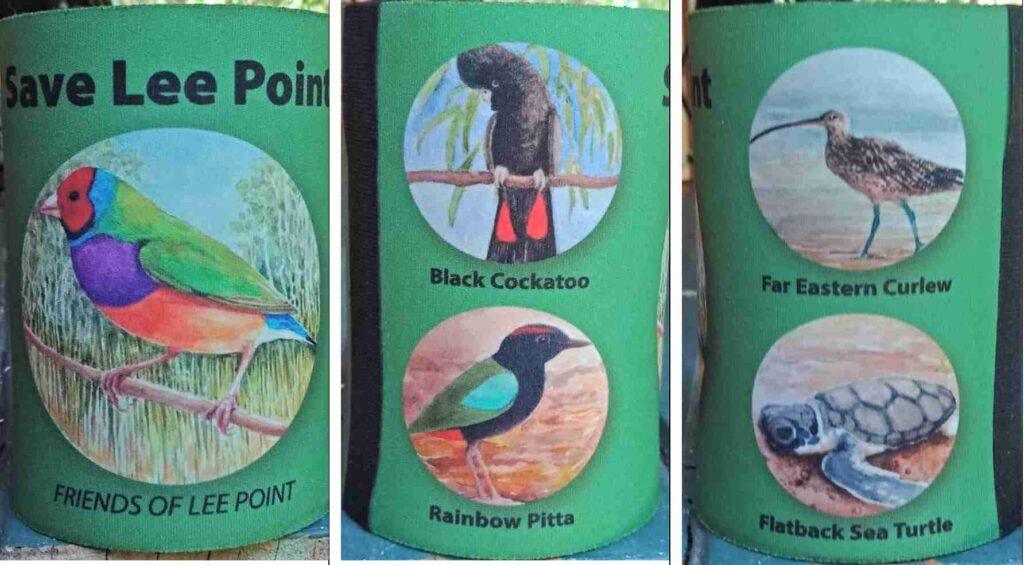
Looking for an early Xmas present? FLP are now selling Stubbie Holders – images from paintings by local artist David Percival. They are available ($10 each) from Nightcliff Markets most Sunday mornings.
3. Protecting Lee Point’s biodiversity
Habitat clearing is a key driver to loss of biodiversity in urban areas. Stage 2 will destroy the Corridor – who benefits from this – not the community, tourism industry or wildlife – Why Lee Point Corridor needs protecting.
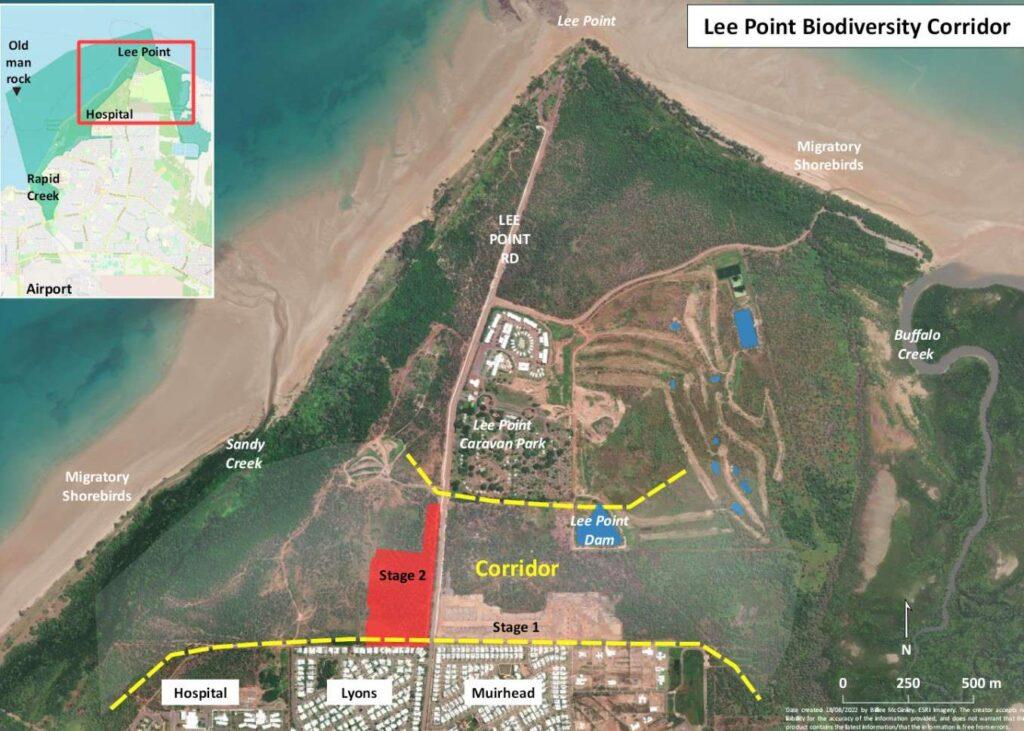
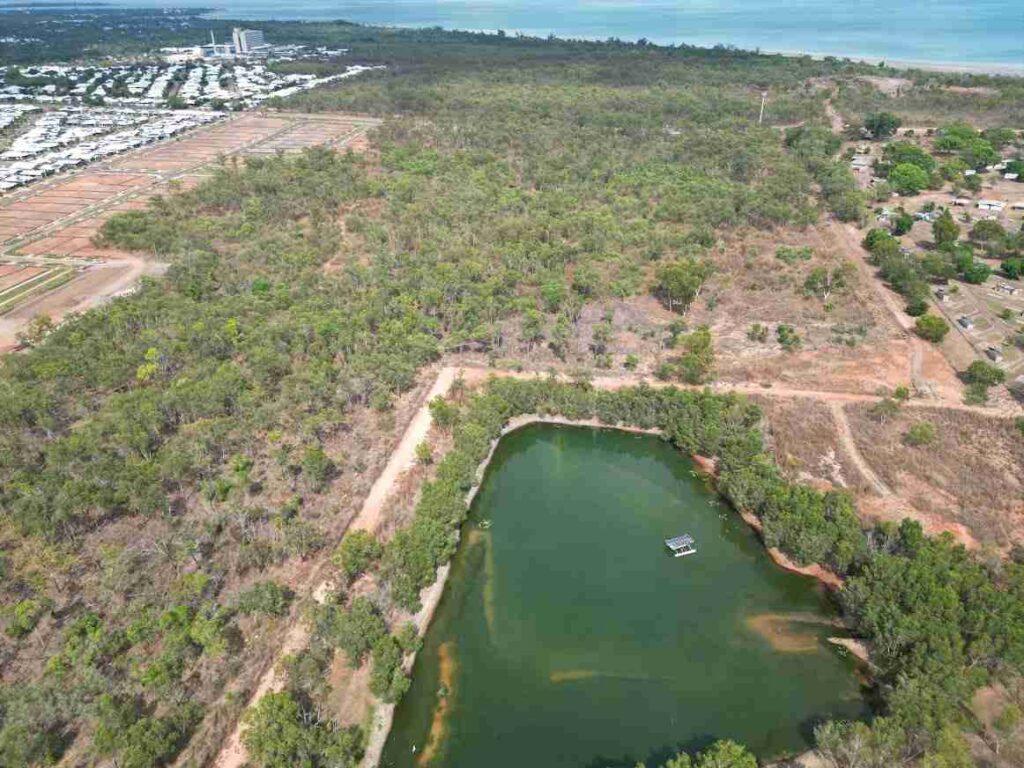
Stage 2 in the background will close the Corridor forever.

In late August a bulldozer arrived, fences went up and cycads were removed from Stage 2. Fortunately the bulldozer wasn’t used and left site a couple of weeks later.
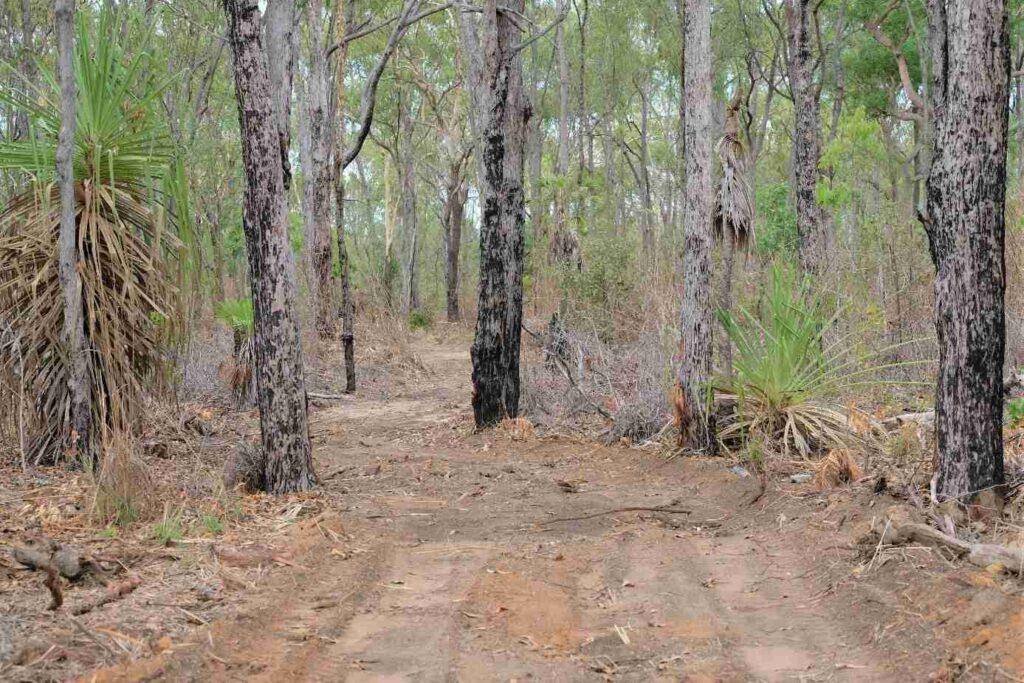
A new “firebreak” in Stage 2
The encouraging news is that Hon Tanya Plibersek MP (Minister for Environment and Water) would like to see the Gouldian Finch population increase in Darwin and supports a proper scientific evaluation of the area (includes Lee Point housing area). Gouldians use tree hollows for breeding and we assume the scientific evaluation will include tree hollow inspections during the breeding season (Mar – June).
To help please sign; Save the Gouldians petition and find out – What to do next
4. Grass finches in Lee Point Corridor
The Corridor attracts many grass finches due to its grass seeds and watering points.
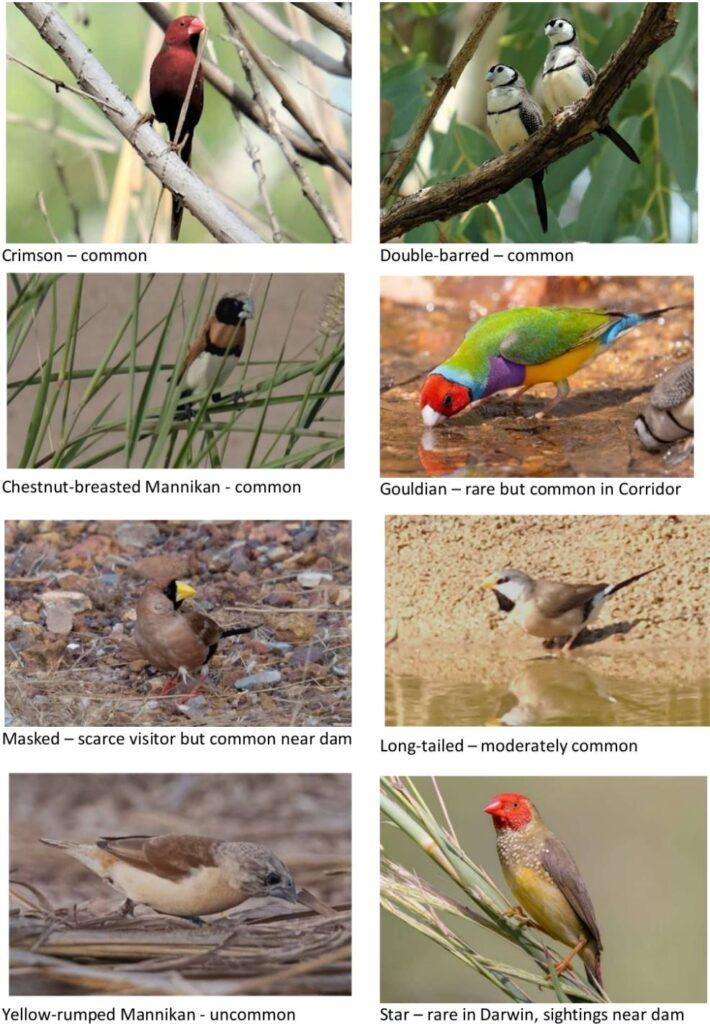
These (8) grass finches were photographed near the Lee Point dam in the last few months – there are 17 species of grass finch in Australia.
5. Lee Point Trivia (answers at the end)
Q1. The Black-footed Tree Rat is nocturnal and likes to live in the hollows of large trees at Lee Point. It is one of Australia’s largest rodents. What do they eat?
A. Flowers & fungi B. Hard fruits & seeds C. Grasses & shoots D. Insects & small creatures
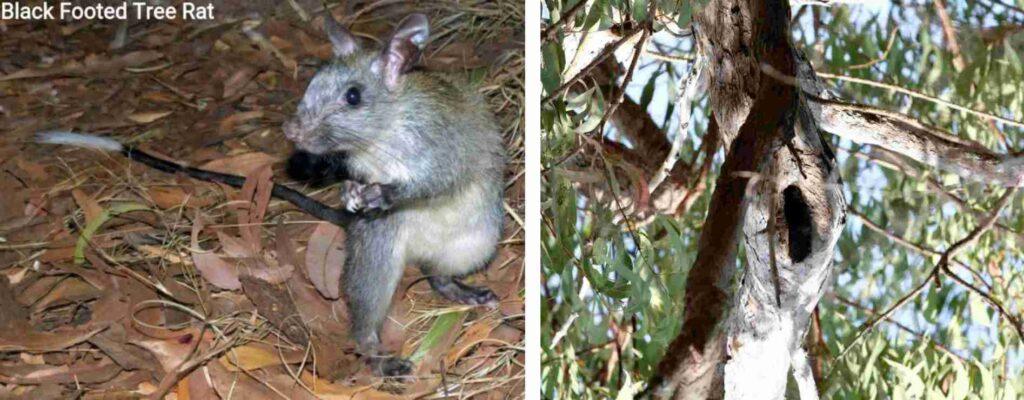
6. Black-beasted Buzzard
A Black-breasted Buzzard is building a nest, a first for Darwin. They are known for using rocks to break emu and brolga eggs – only two bird species in the world use this technique.
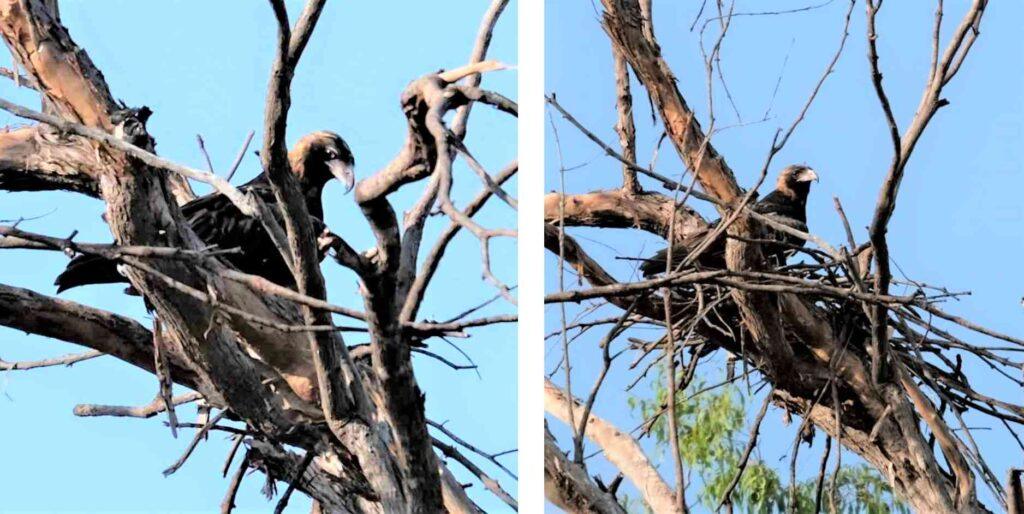 A work in progress – left photo 5 Sept, right photo 12 Sept 2022
A work in progress – left photo 5 Sept, right photo 12 Sept 2022
7. Migratory shorebirds at Lee Point
Migratory shorebirds are returning to Lee Point from places like Siberia (~10,000km away). While Lee Point has large numbers of migratory shorebirds, many of these are endangered.
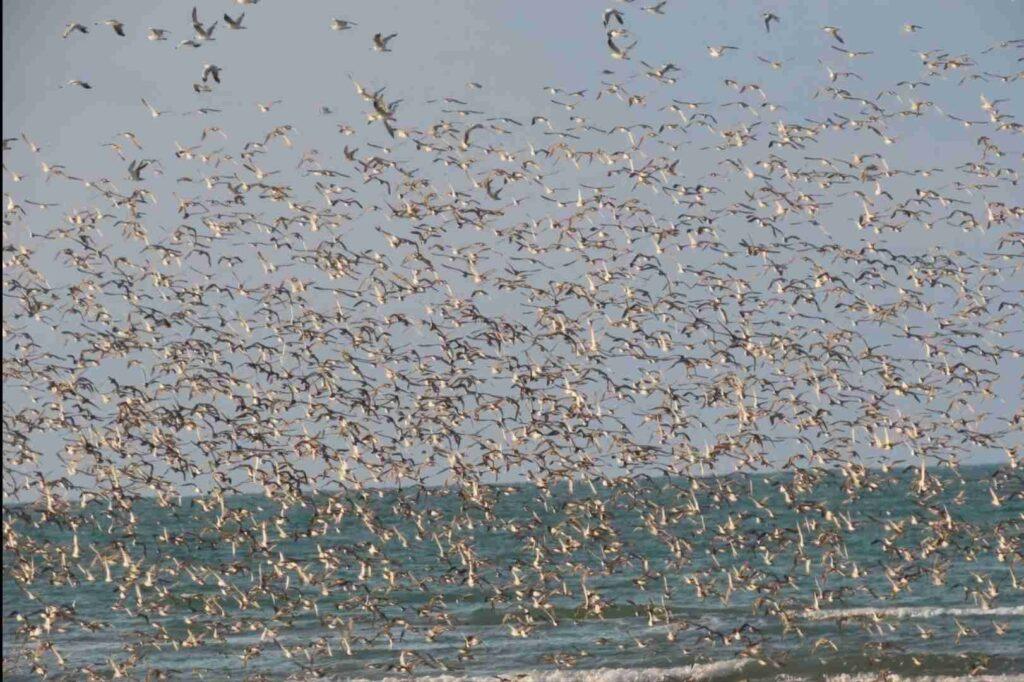
Approx 7500 shorebirds were seen at Lee Point on 30 Sept 2022 – photo by Gavan Keane
There are 20 species of migratory shorebirds seen in Darwin. A dedicated group of volunteers monitor these species across 8 Darwin sites and send data to Birdlife Australia. Lee Point is one of the most important shorebird sites in Darwin.
The previous Lyons/Muirhead development has already partly affected migratory shorebirds. However, the current planned Lee Point housing development will have a much greater (adverse) impact.
A plan is being developed by DHA to monitor shorebirds and if triggers are reached take action to deal with adverse impacts from the housing development. The Territory Government believes that the Australian Government (Australian taxpayer) has the ongoing funding responsibility for this plan (and actions).
Planning for Lee Point discusses the additional ongoing costs for the taxpayer (includes above costs) from housing thousands of people at Lee Point.
8. Hector
If you have been out at Lee Point recently in the afternoon you will have seen Hector. Hector, or sometimes “Hector the Convector”, is known as one of the world’s most consistently large thunderstorms; https://en.wikipedia.org/wiki/Hector_(cloud)
9. Flowering plants in the Corridor
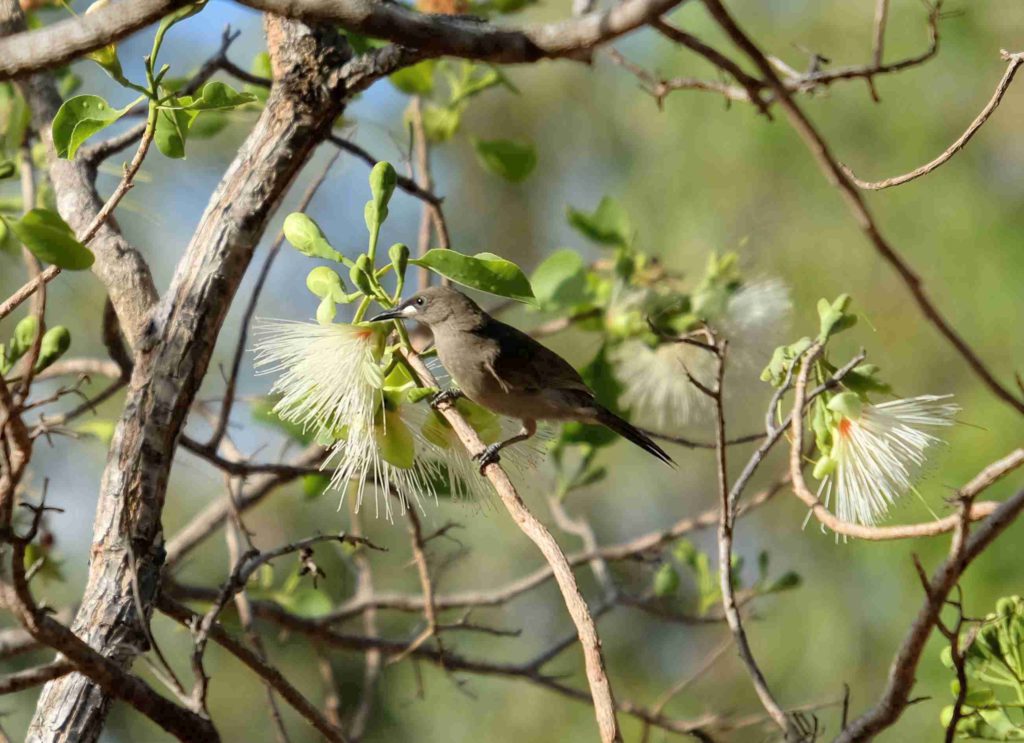
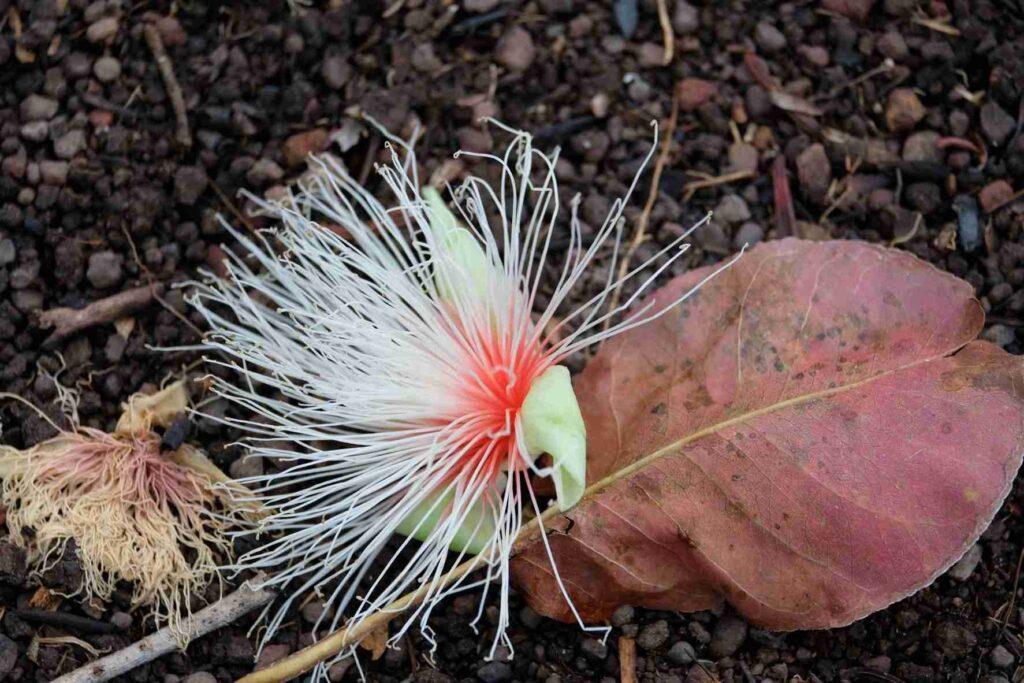
Cocky Apple ( Planchonia careya)
Cocky Apples were flowering this month and the honeyeaters have been enjoying them.
Biting insects can be a problem this time of year; refer Calendar
Until next time, enjoy the storms of the build up at Lee Point
Answer Q1 – B. Hard fruits and seeds. A list of the plants they favour (includes Cocky Apple) is at; https://landforwildlifetopend.files.wordpress.com/2016/11/the-black-footed-tree-rat-handout.pdf
The easiest place to see a Black-footed Tree Rat is at the Territory Wildlife Park – Nocturnal House. They are endangered in Australia with an estimated 30,000 remaining in the wild.